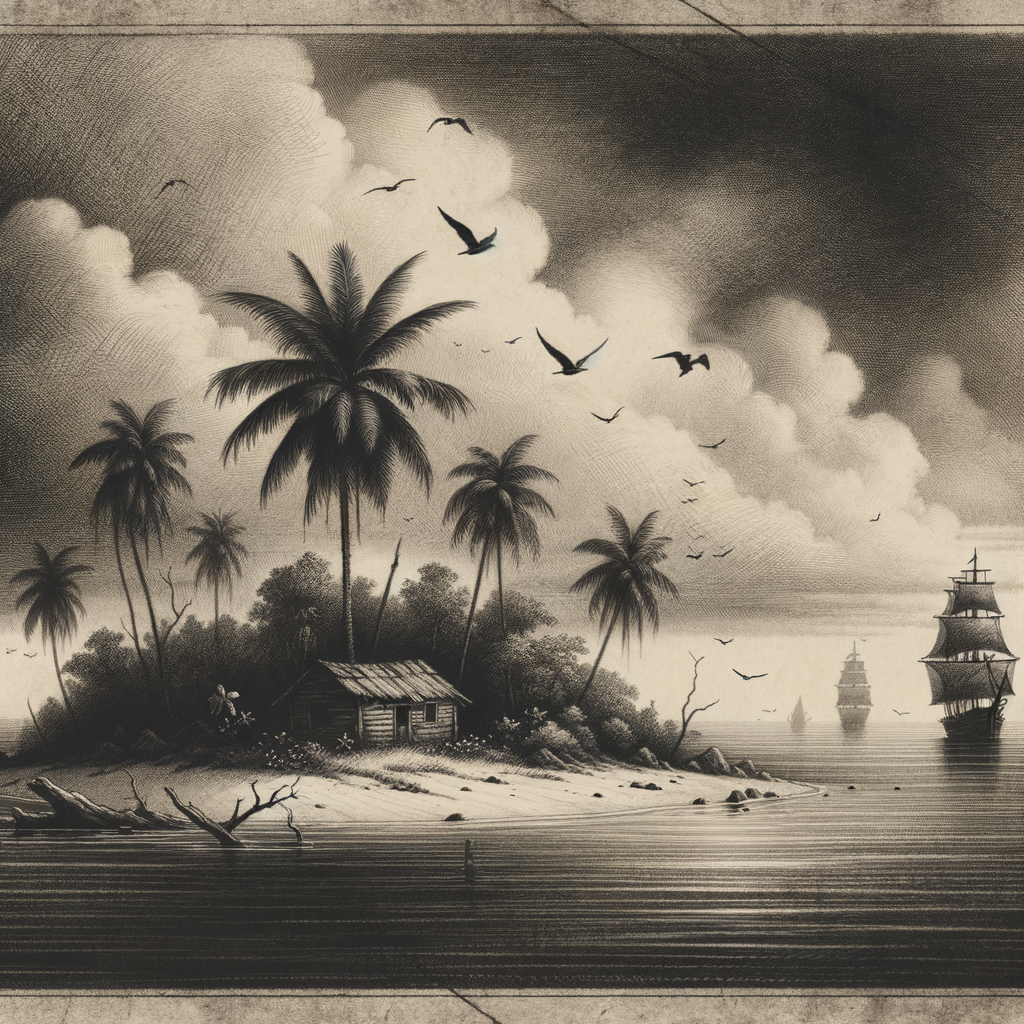Introduction to Suwarrow Island
Suwarrow Island, sometimes spelled Suvorov, is a remote atoll in the northern group of the Cook Islands, located in the vast South Pacific Ocean. Known for its pristine beauty and historical significance, Suwarrow has captured the imagination of sailors, explorers, and solitude seekers for over a century. With a land area of merely 0.4 square kilometers surrounded by an expansive lagoon, the atoll is uninhabited for most of the year and serves as a critical refuge for wildlife and a symbol of natural seclusion.
Geography and Location
Suwarrow Island lies roughly 930 kilometers northwest of Rarotonga, the capital of the Cook Islands. The atoll is part of a volcanic seamount and consists of over 20 islets (motus) that fringe a central lagoon measuring approximately 80 square kilometers in surface area. These islets are low-lying, mostly flat, and covered with coconut palms and scrub vegetation.
The entire atoll sits on a volcanic base and forms part of a larger chain of submerged peaks extending across the Pacific seafloor. Its remoteness and challenging access by sea make it a destination for only the most determined adventurers and yacht sailors.
Natural Habitat and Climate
Suwarrow is renowned for its relatively untouched ecosystem. Declared a National Park in 1978, it is one of the most important bird refuges in the South Pacific. The atoll provides critical breeding grounds for several seabird species, including red-tailed tropicbirds, frigatebirds, and boobies. The island is also a seasonally important nesting site for the critically endangered green sea turtle.
The surrounding marine environment supports an abundance of coral species and reef fish, benefiting from the atoll’s isolation and protection. Sharks, manta rays, and other large pelagics are often spotted within the lagoon and outer reefs.
The climate of Suwarrow is tropical, with high humidity and precipitation year-round. Cyclones are an occasional threat, especially during the cyclone season from November to April.
Human Presence and History
Despite its isolation, Suwarrow has a rich, though intermittent, history of human occupation. The atoll was first discovered by Russian explorer Mikhail Lazarev in 1814 aboard the naval vessel Suvorov, after which the island is named. Throughout the 19th and early 20th centuries, Suwarrow was sporadically inhabited by traders, copra harvesters, and castaways.
Arguably, the most famous inhabitant of Suwarrow was New Zealander Tom Neale, who lived alone on the island for several periods between 1952 and 1977. Neale chronicled his experiences of solitude, self-sufficiency, and the natural rhythms of island life in his memoir “An Island to Oneself.” His presence and writings brought international attention to Suwarrow and contributed to its legendary status.
Interesting Facts About Suwarrow
– Suwarrow is often referred to as the “Robinson Crusoe Island” of the South Pacific due to its association with Tom Neale’s solitary lifestyle.
– The entire atoll is administrated by the Cook Islands Conservation Service, but is only seasonally staffed by park rangers from April to October to monitor wildlife and oversee eco-tourism.
– Unlike most other atolls, Suwarrow does not have an airstrip or regular boat transport, making access difficult and reinforcing its image as a truly remote haven.
– In 2002, Suwarrow was declared an Important Bird Area (IBA) by BirdLife International due to its role in supporting a variety of nesting seabirds.
– The island attracts DXpeditions (amateur radio expeditions) due to its isolation and rarity as a contact entity, with Suwarrow being designated as a separate entity in the DXCC amateur radio ranking.
Legends and Lore of Suwarrow Island
With its remoteness and history of occasional human habitation, Suwarrow Island has become the subject of numerous stories, legends, and myths. One enduring legend involves buried treasure left behind by pirate or Russian sailors, a tale that has enticed several expeditions and treasure hunters over the past century. Despite many attempts, no verifiable treasure has ever been found, though stories continue to swirl among locals and adventurers alike.
There’s also a widely shared tale of ghostly sightings and mysterious occurrences reported by sailors who anchored around the atoll’s sheltered lagoon. Some claim to have heard unexplained voices at night or seen flickering lights near Anchorage Island—the islet where Tom Neale lived—which add a mystical aura to this already enigmatic place.
Conservation and Access
Access to Suwarrow is strictly regulated to protect its fragile ecosystem. Visitors must obtain special permits from the Cook Islands National Environment Service. The only practical way to reach the island is by private yacht, and even then, anchoring is only permitted at certain locations. Activities such as camping, fishing, and shore excursions are closely monitored by the seasonal rangers.
Efforts continue to protect Suwarrow’s ecosystem by controlling invasive species and monitoring bird populations. The long-term goal is to preserve the atoll’s biodiversity and cultural heritage, ensuring it remains an untouched sanctuary for generations to come.
Conclusion
Suwarrow Island stands as a rare gem in the Pacific—a place where nature thrives largely undisturbed and human footprints are light. With its vivid wildlife, intriguing history, and enduring legends, Suwarrow captivates those who reach its shores. For the few who experience it firsthand, it is not just an island, but a journey into solitude, mystery, and the heart of the Pacific Ocean’s untouched beauty.
